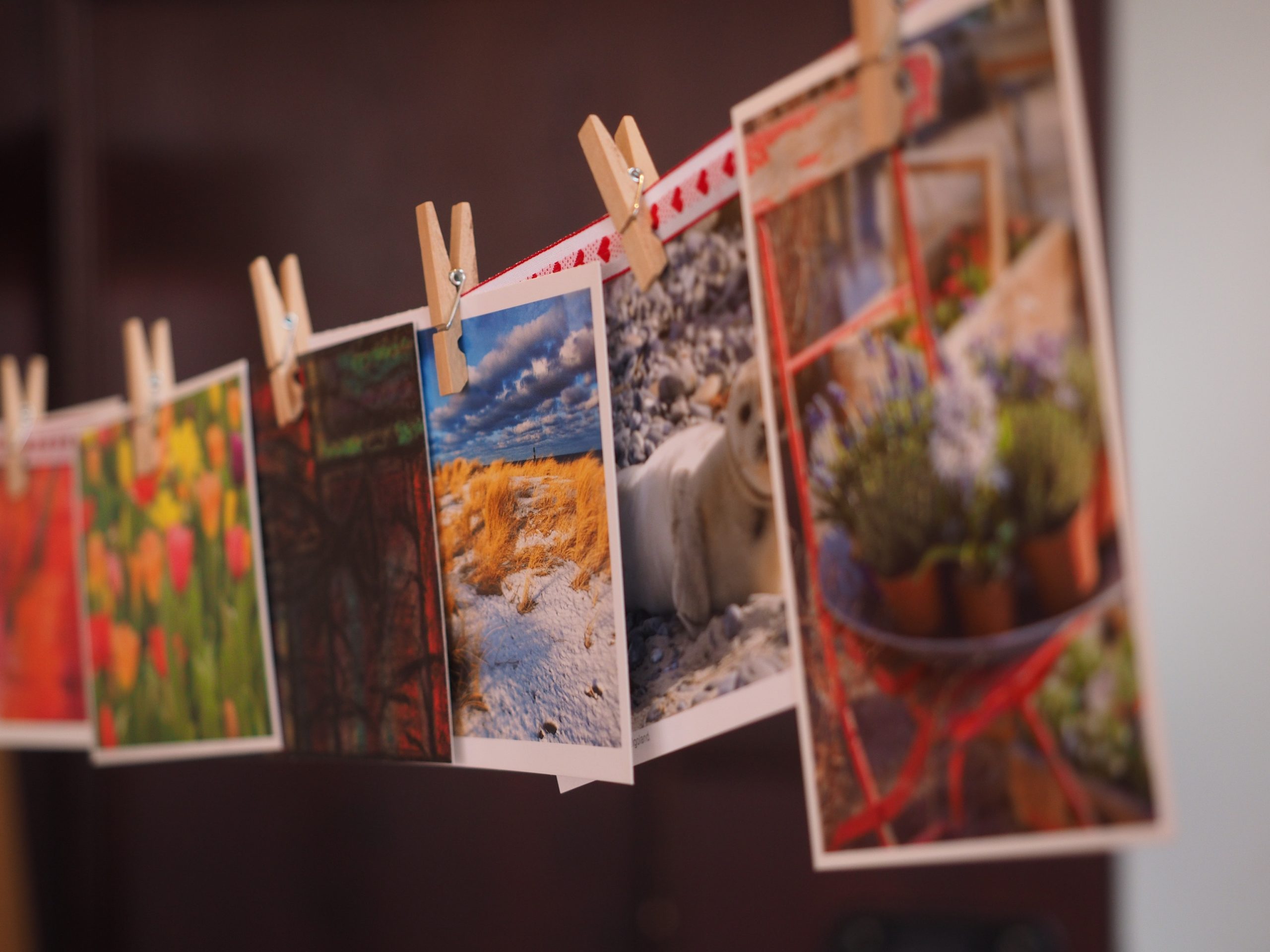American photographer Garry Winogrand once said, “Photography is about finding out what can happen in the frame. When you put four edges around some facts, you change those facts.” Pictures can help us make sense of things when mere words cannot, serve as reminders (both lovely and painful), and allow us to feel as if “we were there.” These days, images can also serve as a valuable lesson that things are not always what they seem. This makes pictures worthwhile tools to use in the classroom and the library in a variety of ways. Here are 5 ideas to develop (age-related pun intended)…
- Writing’s BFF! Use them as prompts to introduce a topic or event, or have students compose captions. This can be good for a fresh take on main idea practice.
- Peeling back the layers! Images are great resources for practicing inference skills. Don’t stop at serious images, though. Fun memes and cartoons are good to use as well.
- The Domino Effect! Pictures can be a different way to look at cause and effect. This can either be very specific or a terrific way to brainstorm all the things that could have happened. It’s also a fascinating hook for beginning a creative writing piece.
- Brah, I saw it on TikTok/Snap/Insta! Analyzing pictures (and videos) with the thought that they may have been altered, faked, or even used out of context is a necessary skill right now. Media literacy is a relevant and authentic venue for practicing critical thinking. Check out this video series from PBS NewsHour for digital literacy practice: Be MediaWise.
- Fanning the flames! Simple curiosity is as fine a reason as I can think of. I begin every library visit with some sort of picture to have students ruminate: What could it be? Is it important? What will happen? What DID happen? This is also a novel way to introduce a new topic or unit.
In and of itself, using a picture can sometimes “flip the script,” spark curiosity in students, and help them see things in a new light or through a different lens. For more ideas or inspiration, eMediaVA has a TON of photographic resources. One of my favorites is “Digital Truth: American Photography, which launches a PBS webpage full of groovy things. “Operation Pied Piper” is also an interesting resource, helping students connect with children during World War II. I love finding old photos depicting our town/county to put up for students; it’s a very cool thing to watch as students begin to connect to pictures and the stories they tell.
Tammy Byram is a middle school librarian in Spotsylvania County and an eMediaVA Ambassador.
